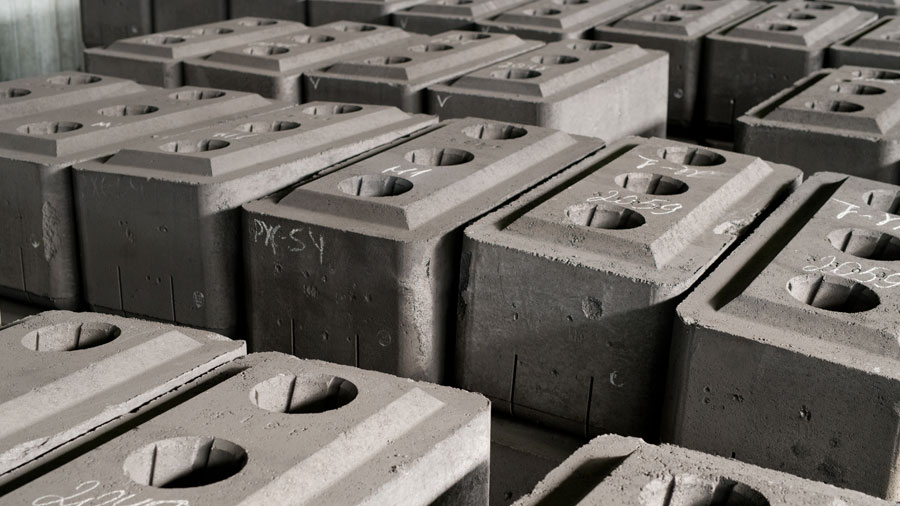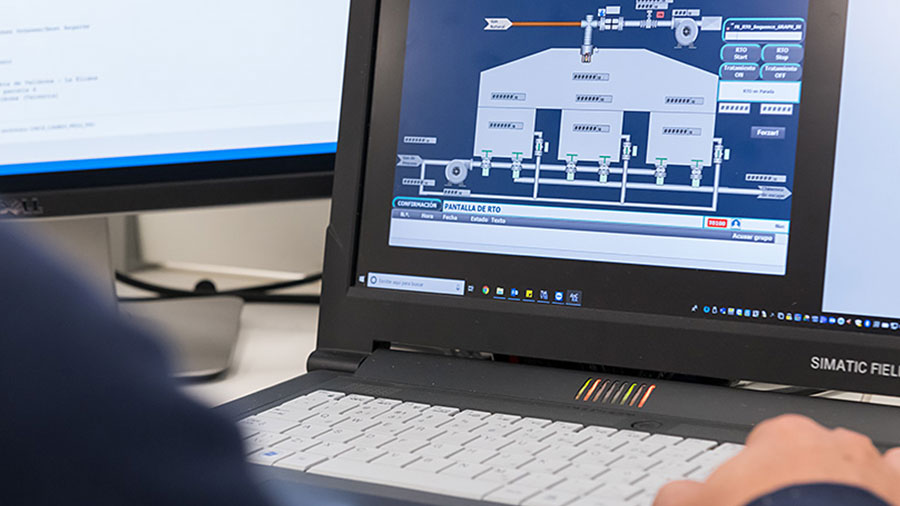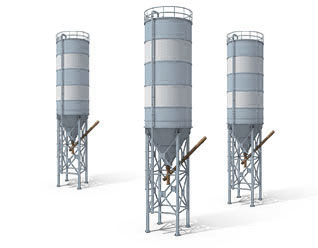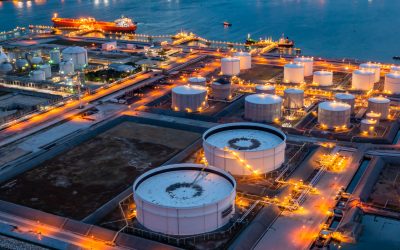ENVIRONMENTAL TECHNOLOGY FOR THE CEMENT INDUSTRY
Tecam in the cement sector
According to the Center for International Climate Research, the cement industry is the third largest source of carbon dioxide and VOC emissions worldwide. In order to reduce this footprint, many authorities have started to legislate cement production.
With Tecam, you will have a partner that will allow you to focus your efforts on your business with the guarantee of always being prepared to meet the most demanding environmental requirements.
Specific aspects of the sector and the environment
Cement sector facilities produce particulate air emissions from the storage, transport and handling of powdery materials in the cement plant. The combustion gases generated during the entire manufacturing process have to be added to this.
Gaseous emissions into the air from the rotary kiln system are the main environmental problem for cement production today. Carbon dioxide, a greenhouse gas, is emitted in considerable quantities. Most of the emissions of this gas derive from the calcination of limestone, which is the main component of the clinker that will become part of the cement.


The cement manufacturing process and the environment
During the production processes, cement plants generate air pollutant emissions in various circumstances: emissions under normal factory operating conditions, emissions under abnormal conditions (start-ups, shutdowns), and fugitive and diffuse emissions.
Tecam provides you with equipment and advice on environmental technology for the elimination of all the pollutant emissions generated throughout the production process.
Pollutants in the cement sector
During the cement manufacturing process, combustion gases such as nitrogen (NOx) and sulphur oxides (SO2) are generated.
Other emissions of considerable quantities that can be treated by Tecam are NOx, SO2, VOCs (volatile organic compounds), CO and NH3. A specific aspect of the cement industry is that emissions are not only produced during manufacturing but can also derive from the raw materials themselves in a less processed state. Some raw materials incorporated into cement contain small proportions of hydrocarbons which are volatised in the upper stages of preheating and are emitted as pollutants.
Cement slag is formed at high temperatures in kilns. Consequently, large quantities of NOx are generated in the process, which can be treated with SNCR systems, for example.


Tecam’s tailor-made design
You can always count on tailor-made solutions with Tecam and, where necessary, the development of specific components, software and/or materials. Our technicians engage with every project, using their expertise and knowledge to design customised equipment for each case and customer.
No matter how big or complex the problem, Tecam is the technology partner that will provide you with the solutions you need at all times.
With Tecam, you’ll find the solution to your with polluting emissions problem
With Tecam, you’ll find the solution to your with polluting emissions problem
“Lorem ipsum dolor sit amet, consectetur adipiscing elit, sed do eiusmod tempor incididunt ut labore et dolore magna aliqua.”
Solutions by technology
“Lorem ipsum dolor sit amet, consectetur adipiscing elit, sed do eiusmod tempor incididunt ut labore et dolore magna aliqua.”
Solutions by problem
“Lorem ipsum dolor sit amet, consectetur adipiscing elit, sed do eiusmod tempor incididunt ut labore et dolore magna aliqua.”
Solutions by pollutant
“Lorem ipsum dolor sit amet, consectetur adipiscing elit, sed do eiusmod tempor incididunt ut labore et dolore magna aliqua.”
Related news
Main environmental risks in tank storage terminals and how to mitigate them
Tank storage terminals represent a key element in the energy industry, as they provide a safe and efficient way to store and distribute petroleum-derived products and other hazardous liquids. However, they also entail a series of potential risks and threats to the...
Tecam has been awarded new VOC emissions abatement projects in China
Tecam continues to establish itself in the environmental project sector in Asia, with the awarding of 3 new projects for emissions removal in the Chinese market. Tecam, a leading supplier of environmental technology, announces that it has been awarded 3 new projects...
Technical services you should be looking for from your emissions abatement technology supplier
When it comes to finding the right emissions abatement technology supplier for your production plant, it is important to take into account the technical services you will be obtaining from them, such as preventive maintenance, etc. It is vital that your supplier...











